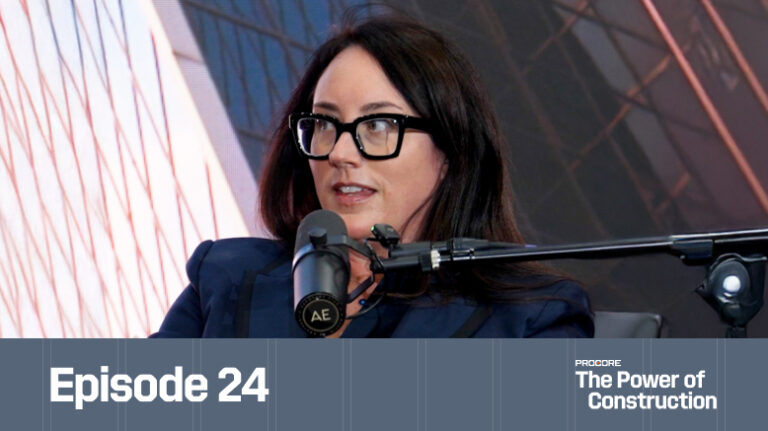Date of substantial completion
The date when a project or part of it is sufficiently complete for the owner to use it as intended, certified by the architect.
The date of substantial completion indicates when a building can be used for its intended purpose, triggering warranty periods and financial considerations like retainage release and final payments.
Used in a sentence
The date of substantial completion marks when the project is sufficiently complete for occupancy, even if minor work remains.
Stay updated on what’s happening in construction.
Subscribe to Blueprint, Procore’s free construction newsletter, to get content from industry experts delivered straight to your inbox.
Learn MoreLearn more about Date of substantial completion

How Are Partnerships in Construction Being Redefined?
In a market where cost, speed, and quality are table stakes, owners are demanding more than projects delivered on time and on budget. They want trusted partners who bring strategy, intelligence, and collaboration to every phase. In episode 24, Skanska’s Regional Executive Officer Anita Nelson shares how owner–contractor relationships are evolving, why operating models must […]

Who Owns Construction’s Intelligence?
In this episode of The Power of Construction, we chat with Hugh Seaton, CEO of The Link.ai, to step past the buzz around tools and features and unpack what true data and AI readiness means for our industry. From subcontractor IP to data agreements, we unpack how governance, trust, and collaboration will shape construction’s digital […]

Building Better, Faster Construction Project Managers Through Technology
Technology promises greater efficiencies in construction, but the key to success is removing the bottlenecks that impede the project manager (PM) from fully leveraging its advantages. Preparation for the transition produces better, faster PMs. Trained in deftly manipulating information, PMs can close the gaps in the construction “project management triangle” of time, budget, and quality. […]

Interconnected Touchpoints: The 4-legged Stool for Managing Data Sharing
Data is an incredibly powerful tool in construction — but the more data being produced and collected, the more room there is for errors. A four-legged stool approach can minimize data-entry and data-analysis mistakes while maximizing efficiencies. Each leg represents an entry point where every piece of data should find a home, whether it’s in […]
How can we improve this glossary entry?
By clicking this button, you agree to our Privacy Notice and Terms of Service.